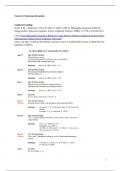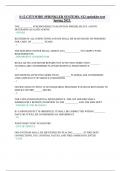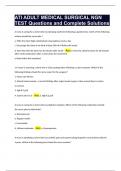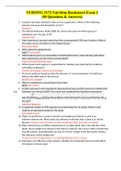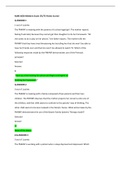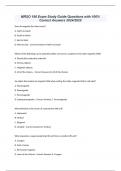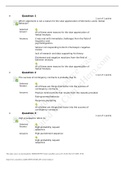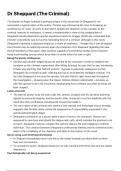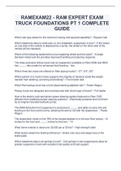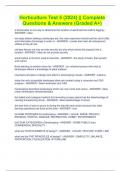Samenvatting
SAMENVATTING CLASSROOM DYNAMICS incl. GRATIS link naar boek PDF
- Instelling
- Universiteit Leiden (UL)
Samenvatting van het vak Classroom dynamics, beide deeltentamens. alle begrippen uitgewerkt en benodigde stof uit de slides voor de tentamens in een overzichtelijk document gezet. De stof is voornamelijk in het engels in dit document, gezien de colleges in het engels zijn. Tijdens het tentamen ...
[Meer zien]
